Nearing their fourth decade as a band and celebrating their just-released 17th album, Age of Unreason, the punk-rock pioneers toured the south including a rare Nashville stop.
PG’s Perry Bean stopped by Music City’s Cannery Ballroom before soundcheck to check out how punk’s elder statesmen Mike Dimkich, Brian Baker, and bassist Jay Bentley (above) still don’t use pedals, why they prefer P-90s over humbuckers, and explain what piece of their rig was inspired by our AC/DC episode.

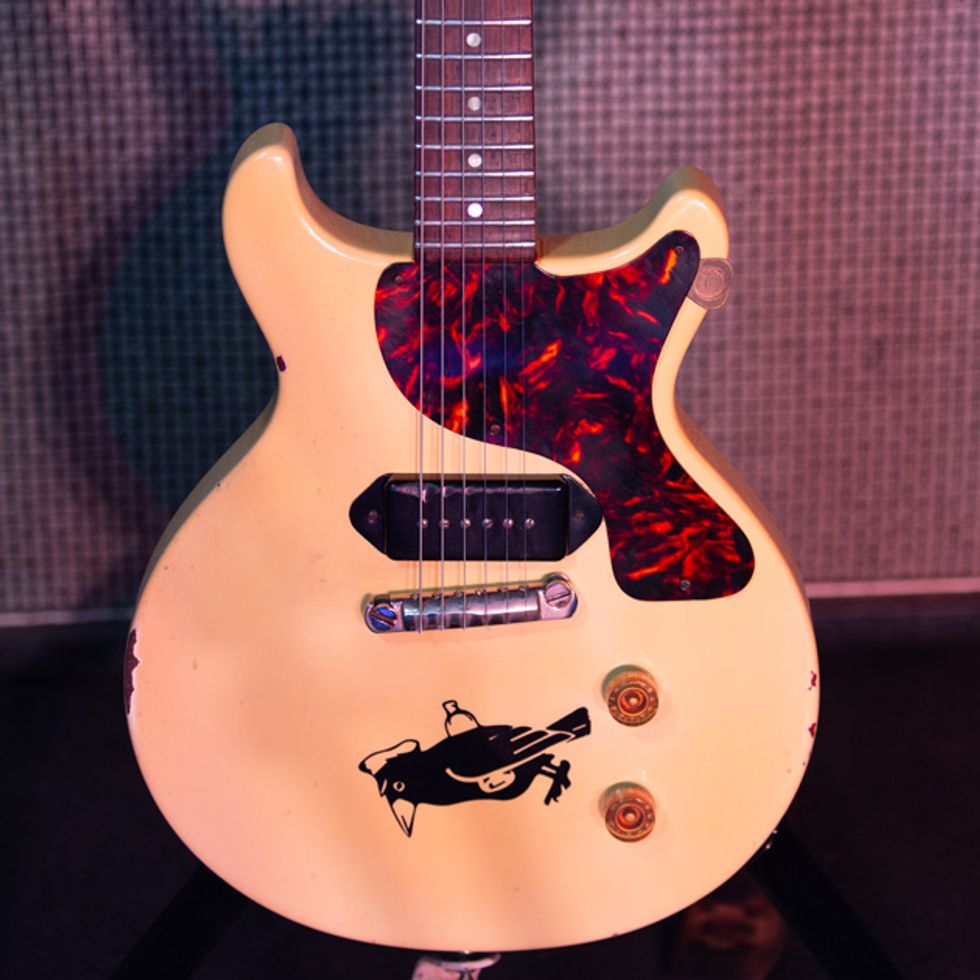
Guitarist Mike Dimkich’s (formerly of the Cult, Suckerpunch, Channel 3, and Steve Jones) main ride for Bad Religion is this refin 1958 Gibson Les Paul Junior. Before becoming part of Dimkich’s arsenal, this gem had several headstock repairs. You may ask, how does he know for sure? Well, before buying the guitar in Canada, fellow guitarist Brian Baker and the shop suggested he take the guitar next door to the porn store to use their black light to identify any cracks or breaks, and voilà, surgery was found! Besides sounding like a beast, he loves this one because it’s the Johnny Thunders model with a Steve Jones refin color—two of his favorite guitarists of all time. He still owns the original P-90 but swapped it out for a J. M. Rolph dog-ear P-90. The band tunes down a half step and all of Mike’s guitars take .011–.052 strings.
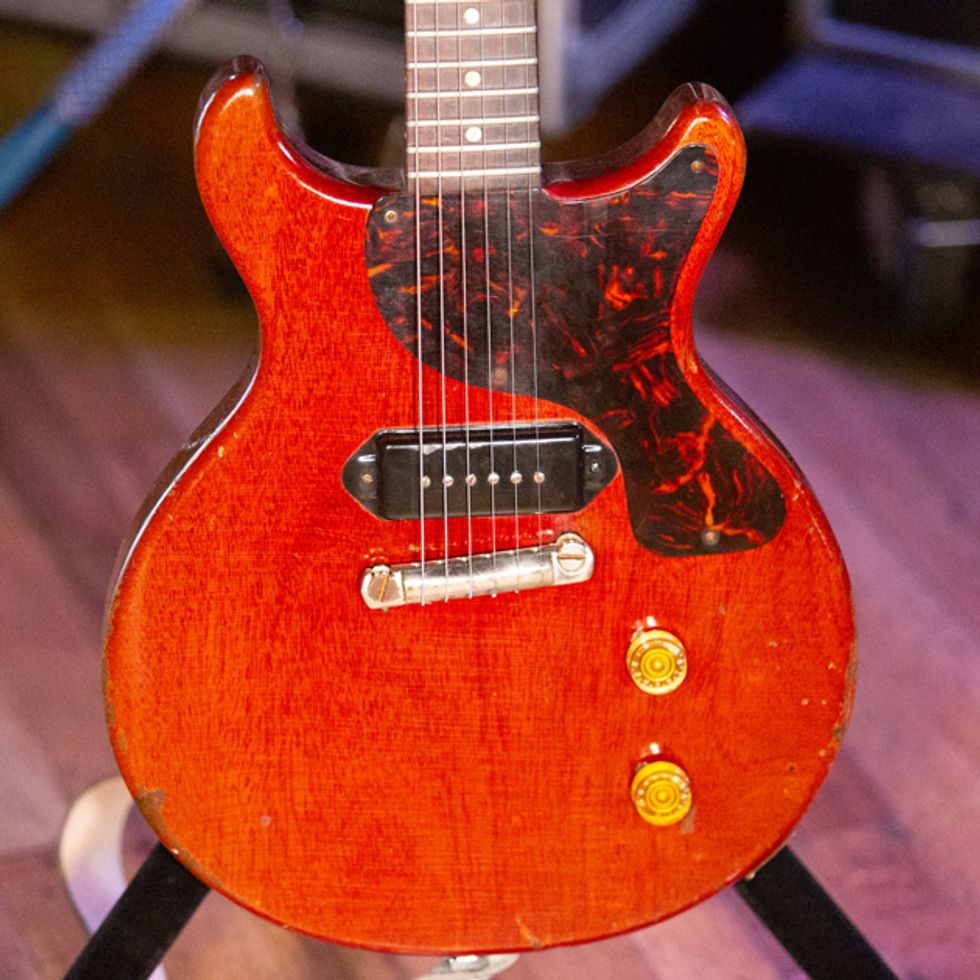
Mike Dimkich’s other main stage guitar is zeroed in as a late 1959 Les Paul Junior because of its rounded edges on the body and huge neck profile. Upgrades include a Seymour Duncan Antiquity P-90 and patent-pending Grover tuners.
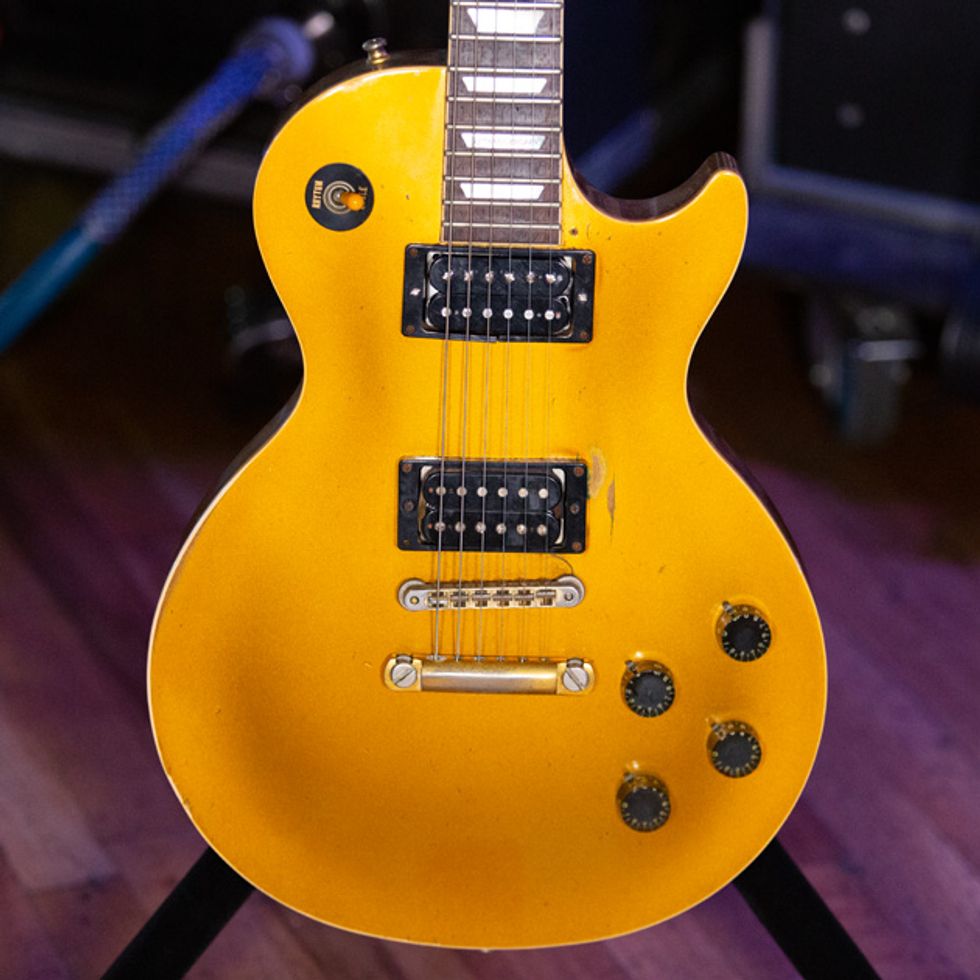
This 30th Anniversary 1982 Gibson Les Paul goldtop rarely sees stage time, but it’s the second guitar Mike Dimkich ever bought out of the Recycler for about $400.
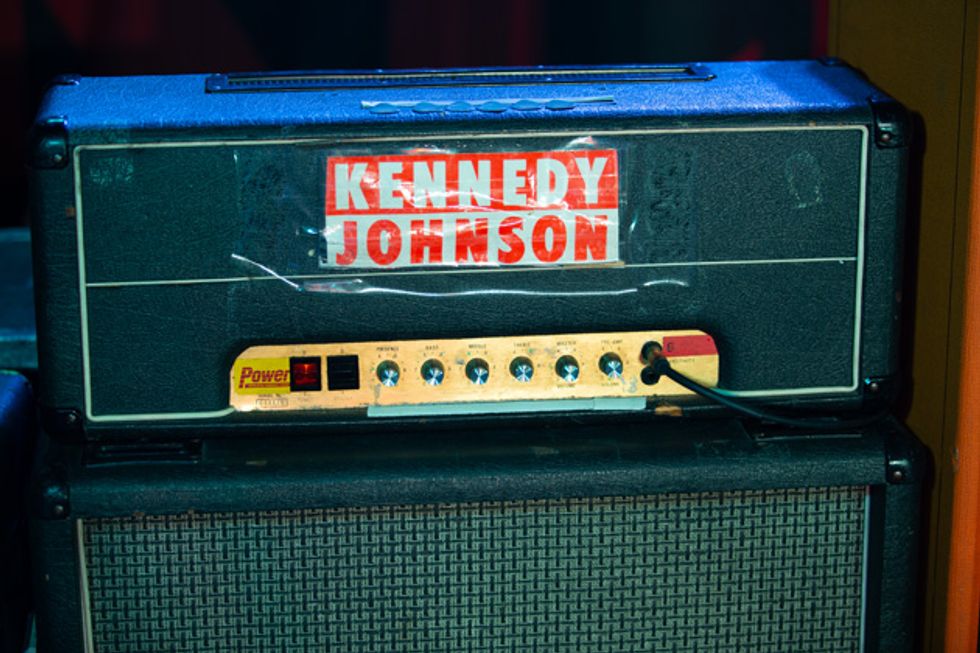
Here’s part one of Mike Dimkich’s two-amp setup—a 100-watt Marshall JMP. He bought the head for $350 and the 4x12 for $300. Both were a part of his sound in the Cult and his early days in Bad Religion.
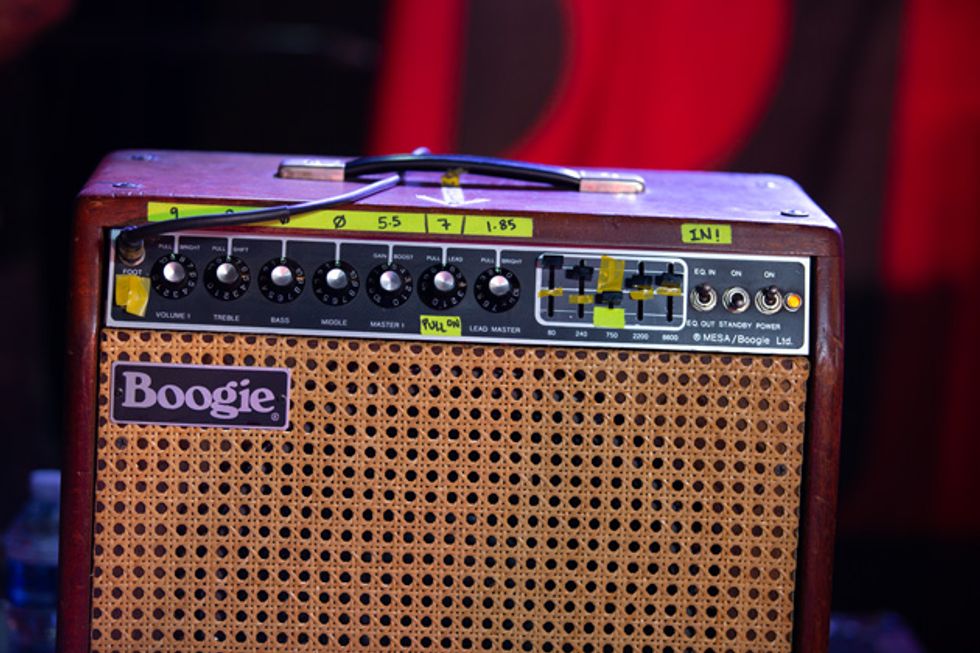
Another major influence for Mike Dimkich is Clash guitarist Mick Jones who used a similar Mesa/Boogie Mark II bamboo-enclosed combo. The 12" speaker is detached and instead the combo feeds a Marshall 4x12 cab.
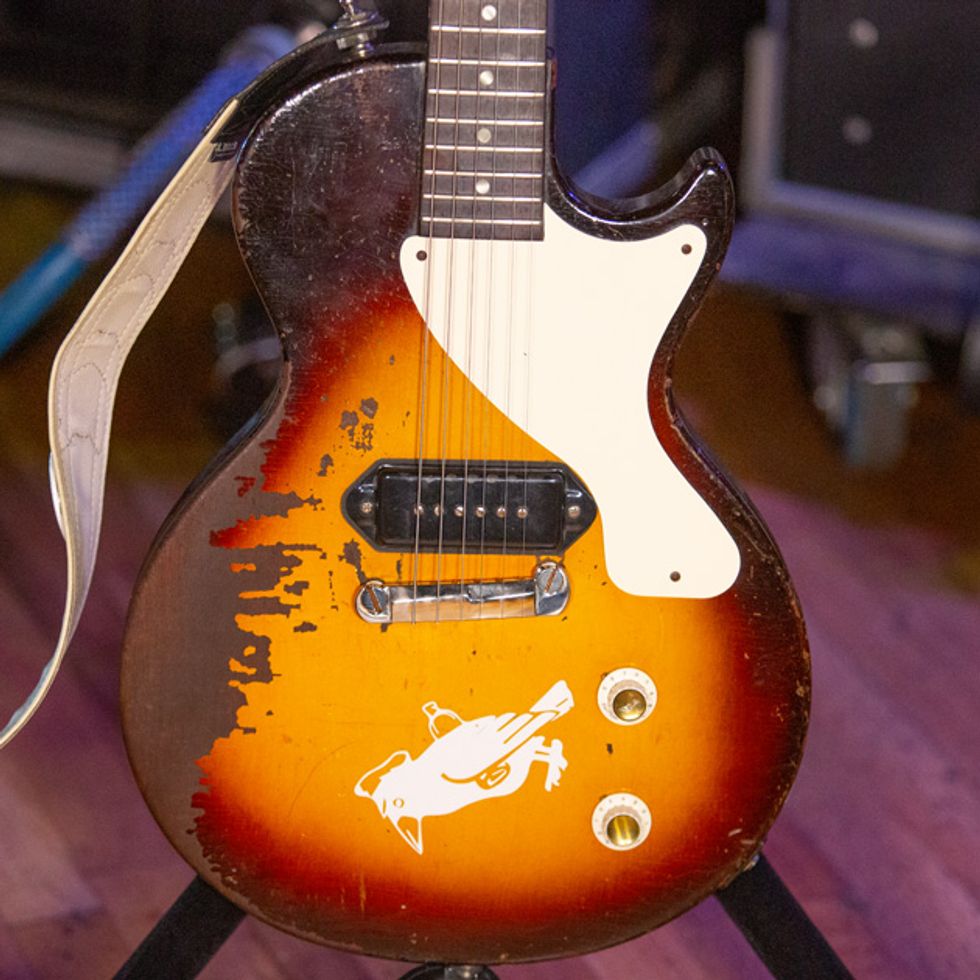
Brian Baker has been a fixture of Bad Religion since 1994 and this 1955 Gibson Les Paul Junior has been along for much of that ride. Aside from the hunk of woods used for the body, neck, and fretboard, there are no original parts on this guitar. The pickup is a Seymour Duncan Custom Shop Dog-Ear P-90 made with a ceramic magnet. Baker prefers these pickups because of the “glass brilliance, 3-D quality of their sound, and overall tonal definition throughout the sweep of the volume knob.” The bridge is now a Music City Bridge Stud Finder that was designed by Nashville’s Joe Glaser.
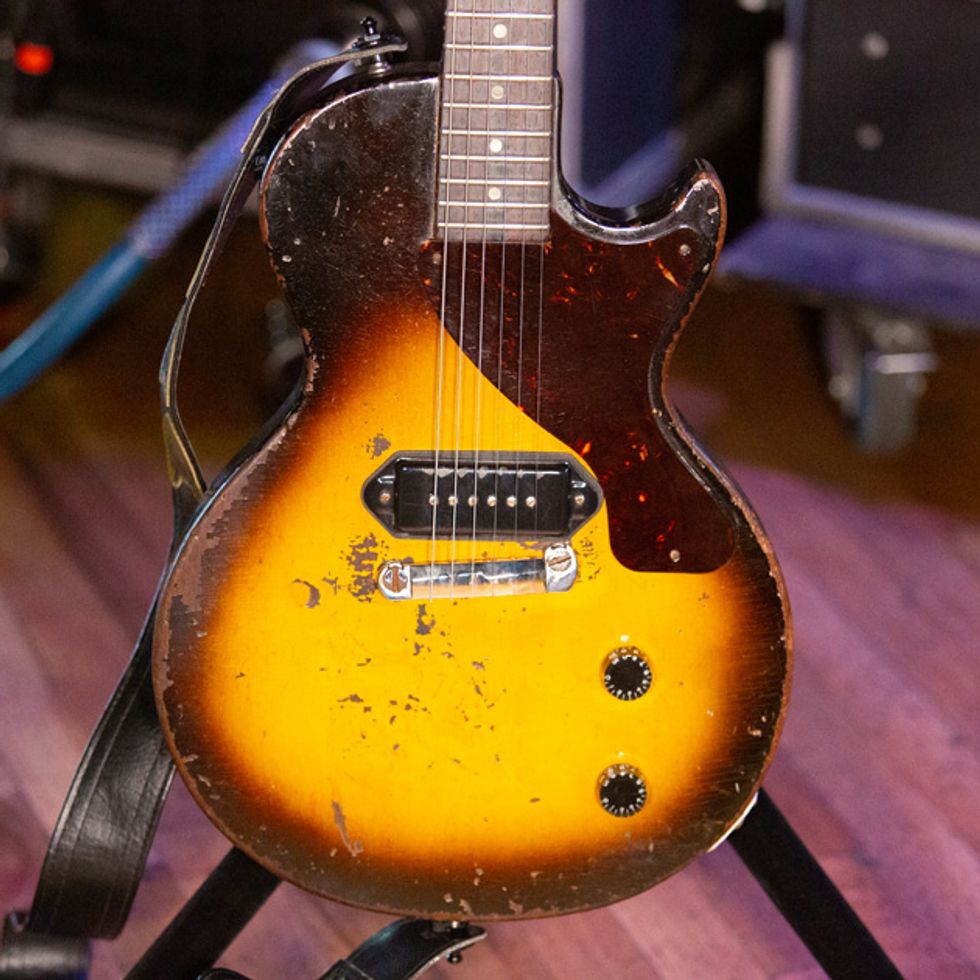
Here’s another 1955 Gibson Les Paul Junior for Brian Baker. He won’t say if either ’55 is his No. 1 as he goes back and forth—it typically depends on what one is less temperamental that day.
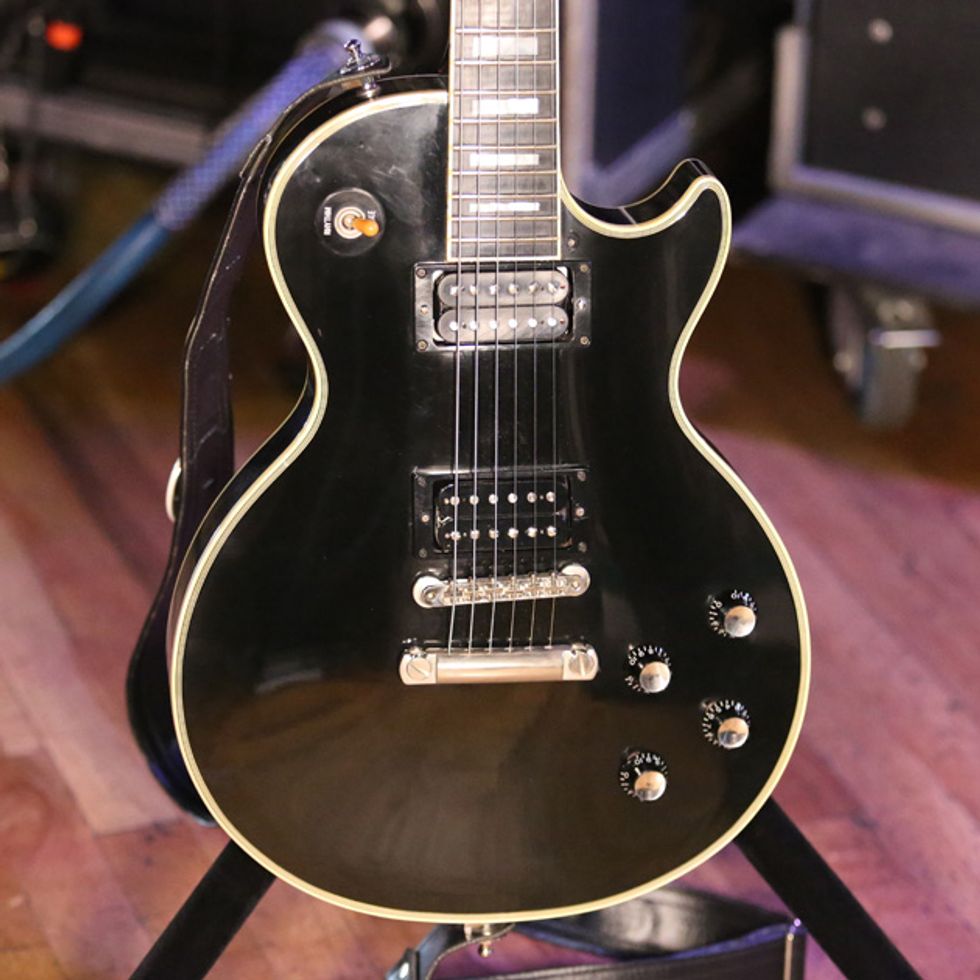
This run of dates saw Brian Baker go into his vault and bring along some humbucker-equipped guitars like this 2002 Gibson Custom Shop Les Paul Custom. It is loaded with a set of Seymour Duncan Custom ’buckers.
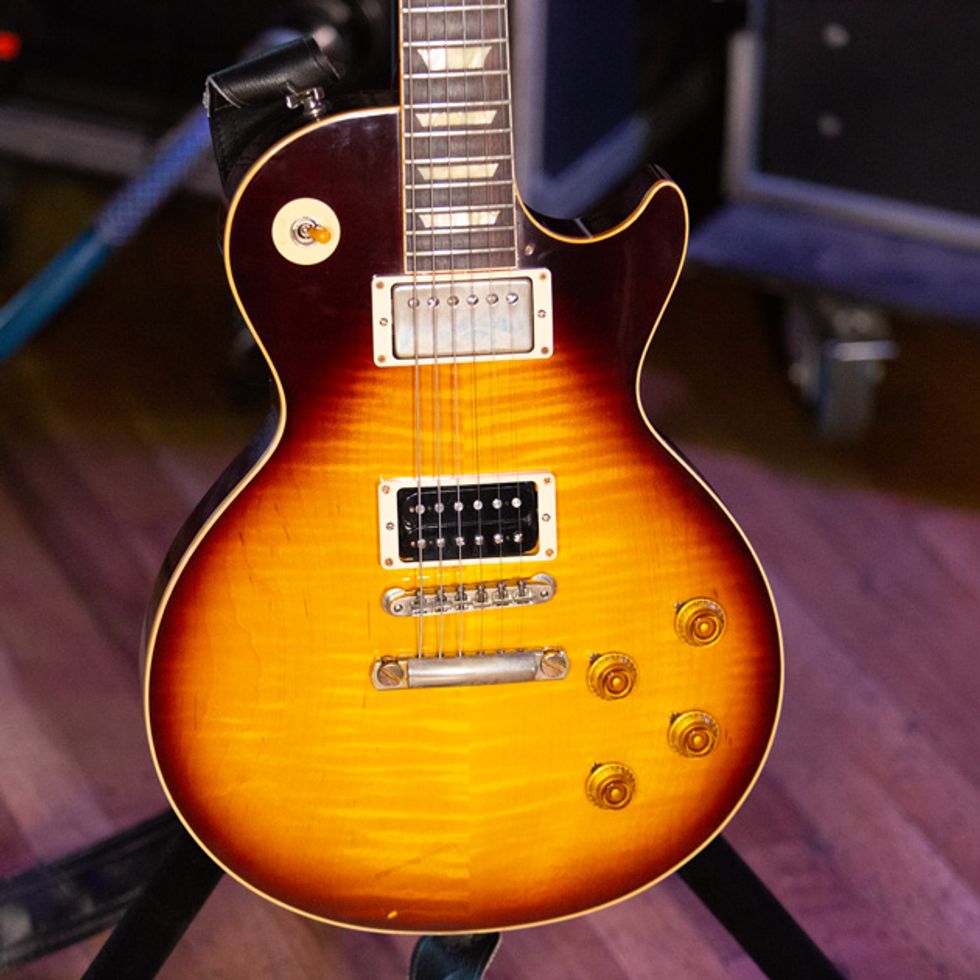
And one of Brian Baker’s newest 6-string friends is this Chicago Music Exchange Exclusive Gibson Custom Shop “R9” Les Paul Standard that’s based on a 1959 model. He spends most of the time on the bridge pickup, but when it comes time for the solo in “Sorrow,” he’ll go with the rhythm pickup because that’s how Brett Gurewitz recorded it in 2001.

Brian Baker tours with a pair of early 1990s Marshall 1987X 50-watt plexi handwired Reissues. Both amps have the “dookie” mod (explained in our Green Day Rig Rundown) that creates a cascading gain structure that allows you to control the input volume. After watching the AC/DC Rig Rundown, Baker took the idea of the Kikusui PCR4000M Power Supply that Angus Young used and applied it to his rig. He doesn’t have the financial standing to tour with those, but after some online sleuthing, he found a cheaper solution in the AmpRX BrownBox that gives his amp safe, consistent power. (One of the heads was actually a loner from Billie Joe Armstrong, but fortunately for Baker, Armstrong hasn’t missed the head so he’s been enjoying it onstage for years.)
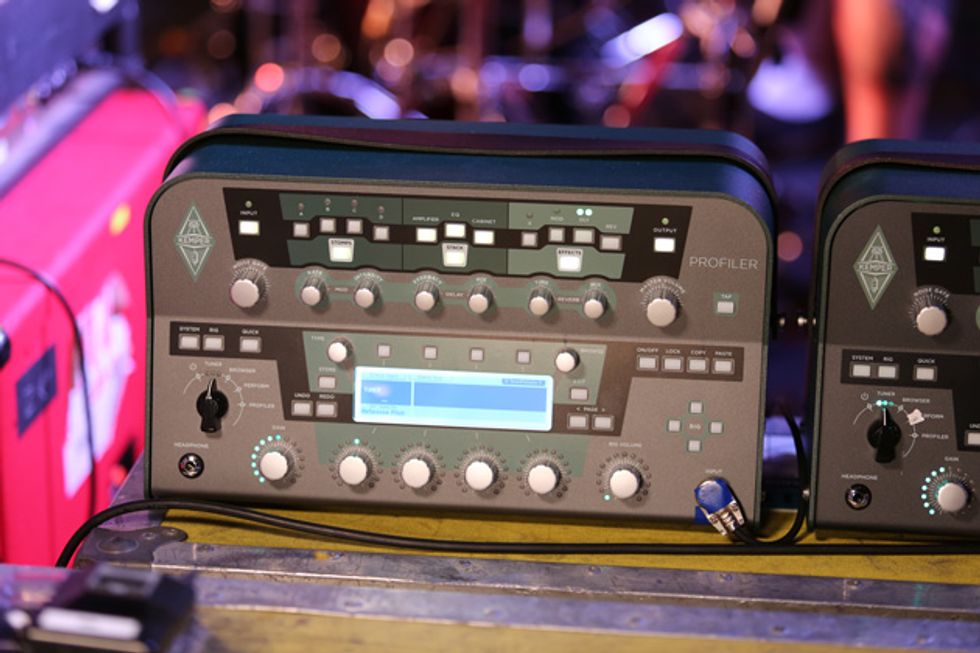
And to give the FOH engineer some live options, Brian Baker totes along a Kemper Profiler so he can choose between the tube amps or the modeling rig, depending how it sounds in each room each night.
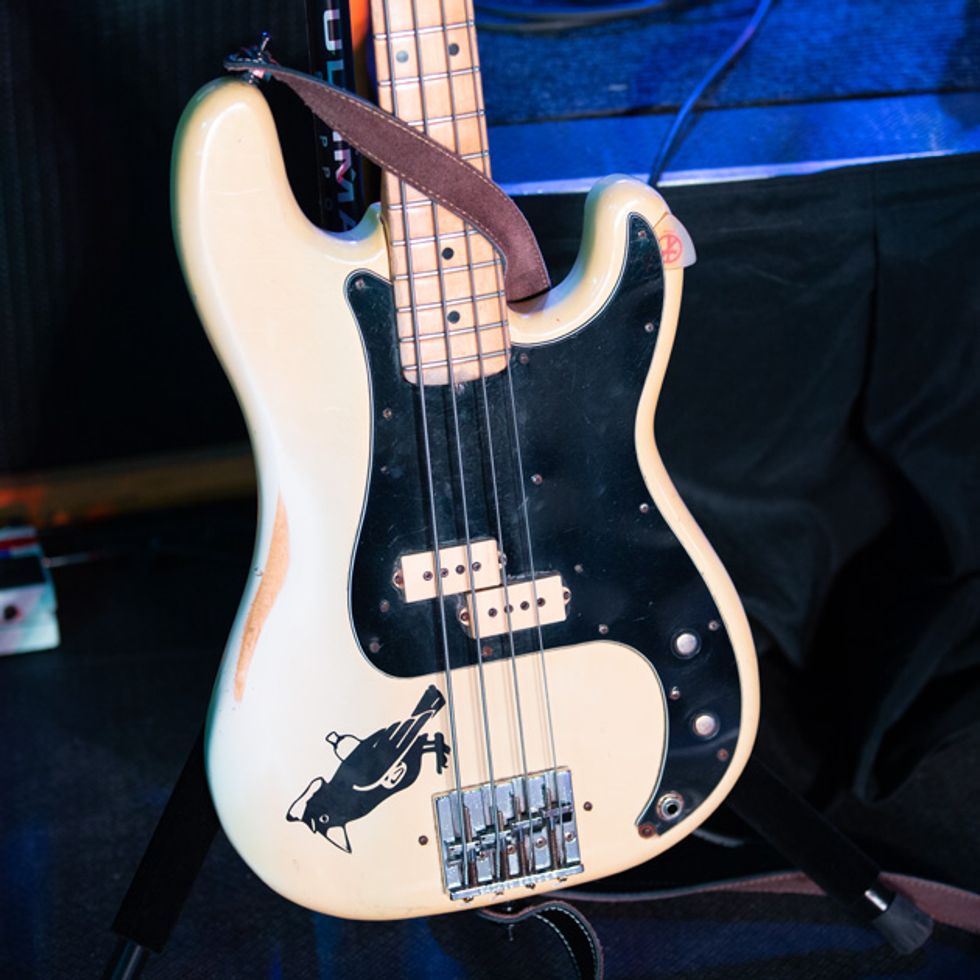
The self-proclaimed “tallest member” in Bad Religion is cofounder Jay Bentley and he’s played bass from 1980-1982 and then again from 1986 through today. For Bentley, “my ideal bass sound is a P with an ash body and maple neck.” This 1977 Fender Precision has been upgraded with a DiMarzio DP122 pickup and Badass bridge. And as you can see, it has no controls, because as Bentley says, “turning down isn’t an option in this band!”
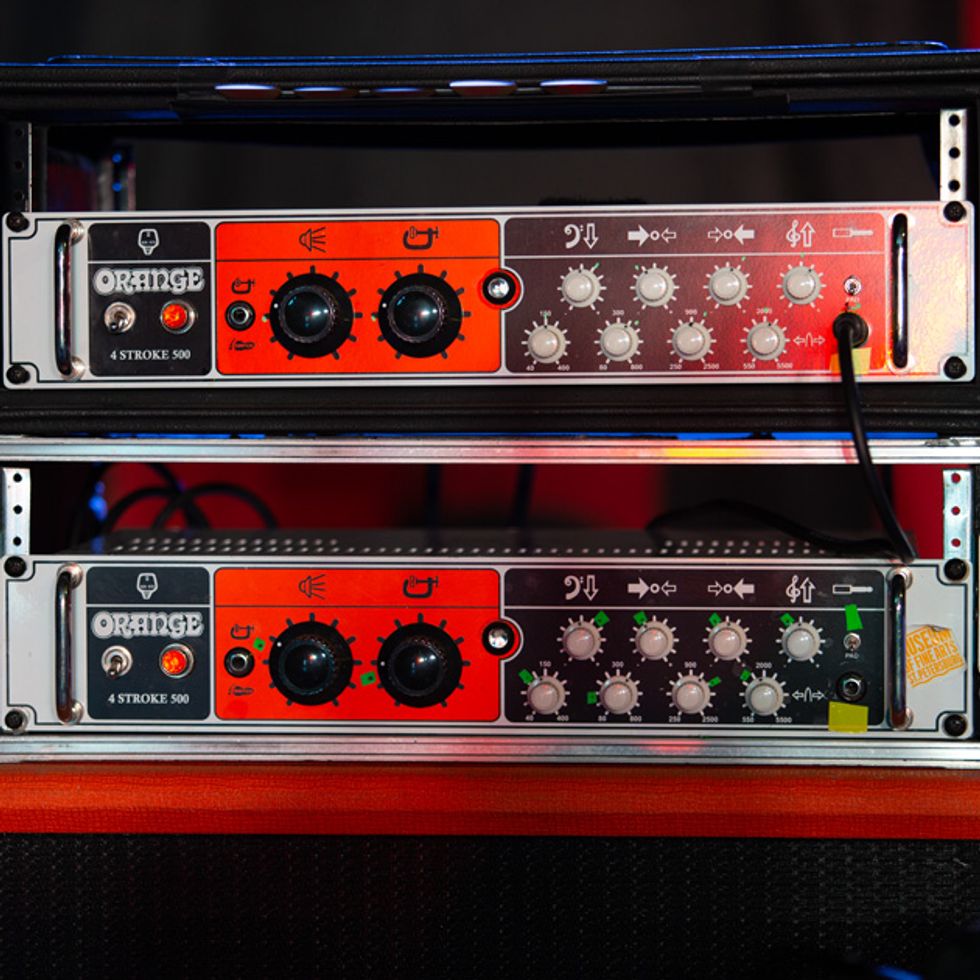
A longtime user of Ampeg tube heads, Jay Bentley was frustrated with his tone after Dimkich and Baker predominately had shifted towards P-90s. The change left Bentley lost in the mix, so rather than reconfigure his bass, he opted to go after something different in the amp department. He landed on the Orange 4 Stroke 500 because it’s reliable, lightweight, and has a potent growl.
Click below to listen wherever you get your podcasts:
 |  |
 |  |
D'Addario Trigger Capo: https://www.daddario.com/TriggerCaposRR






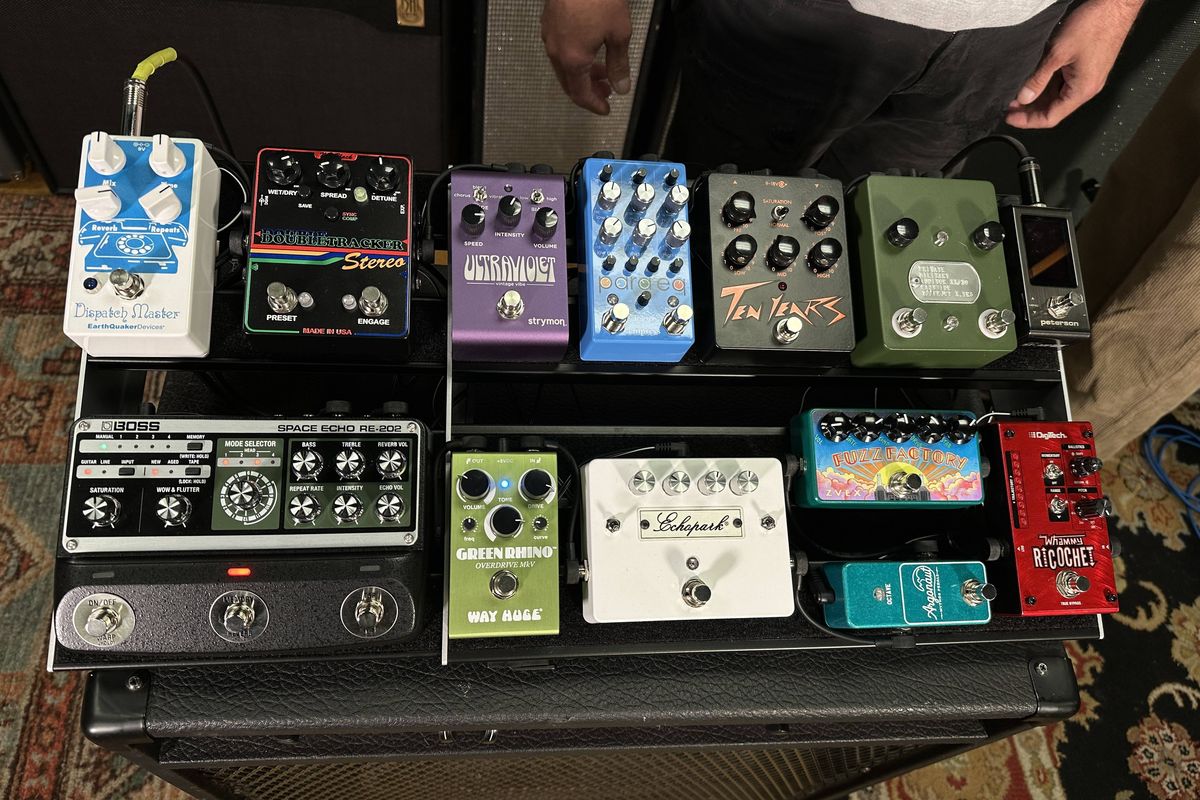
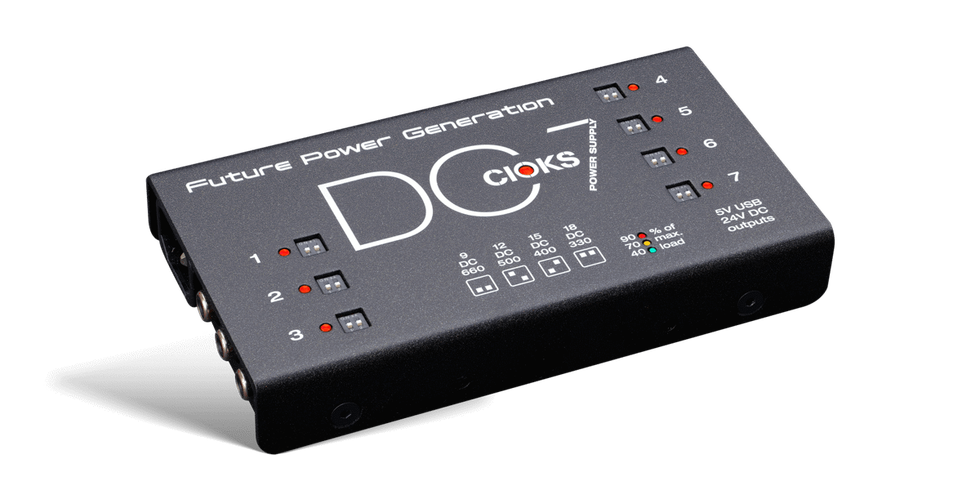
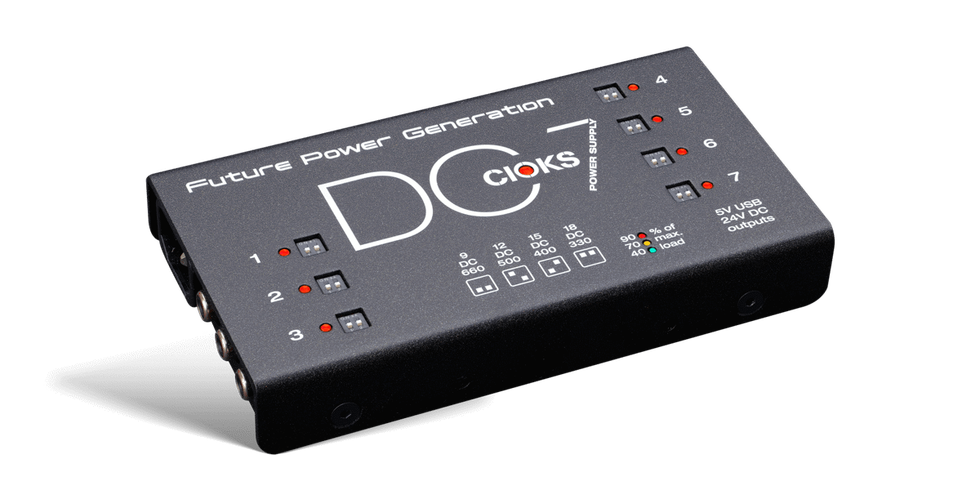
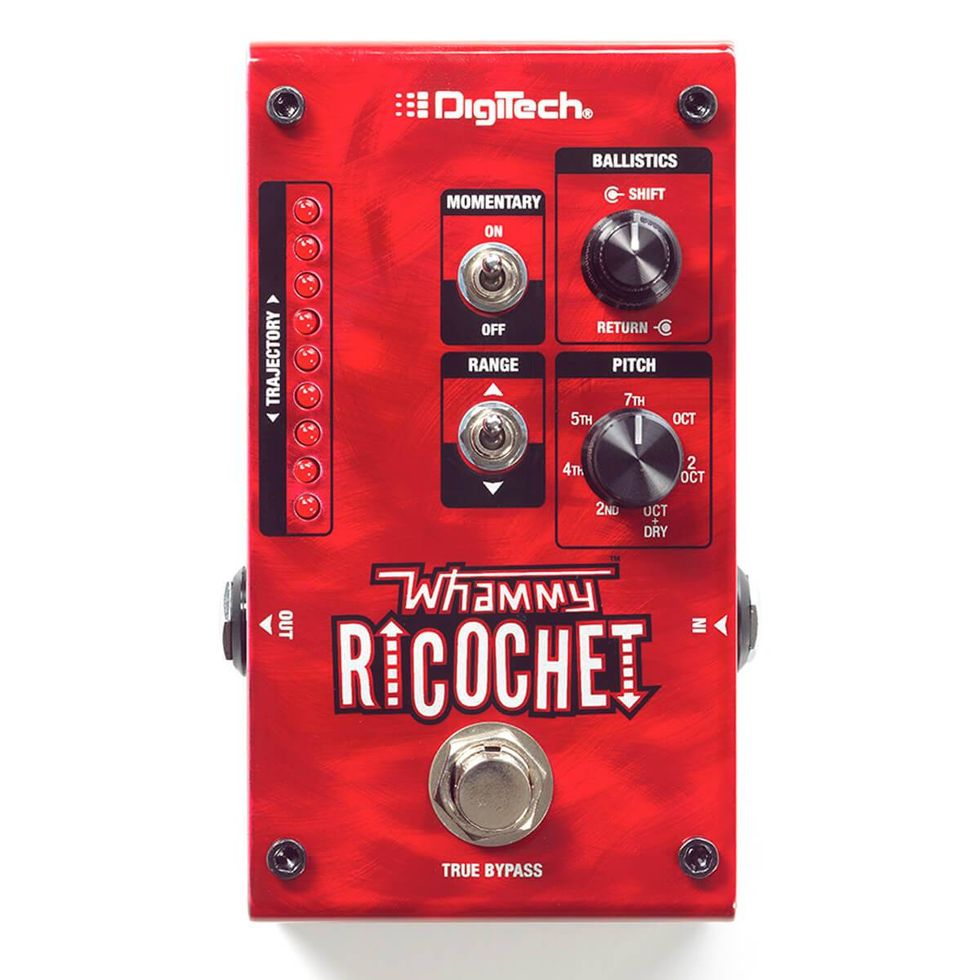
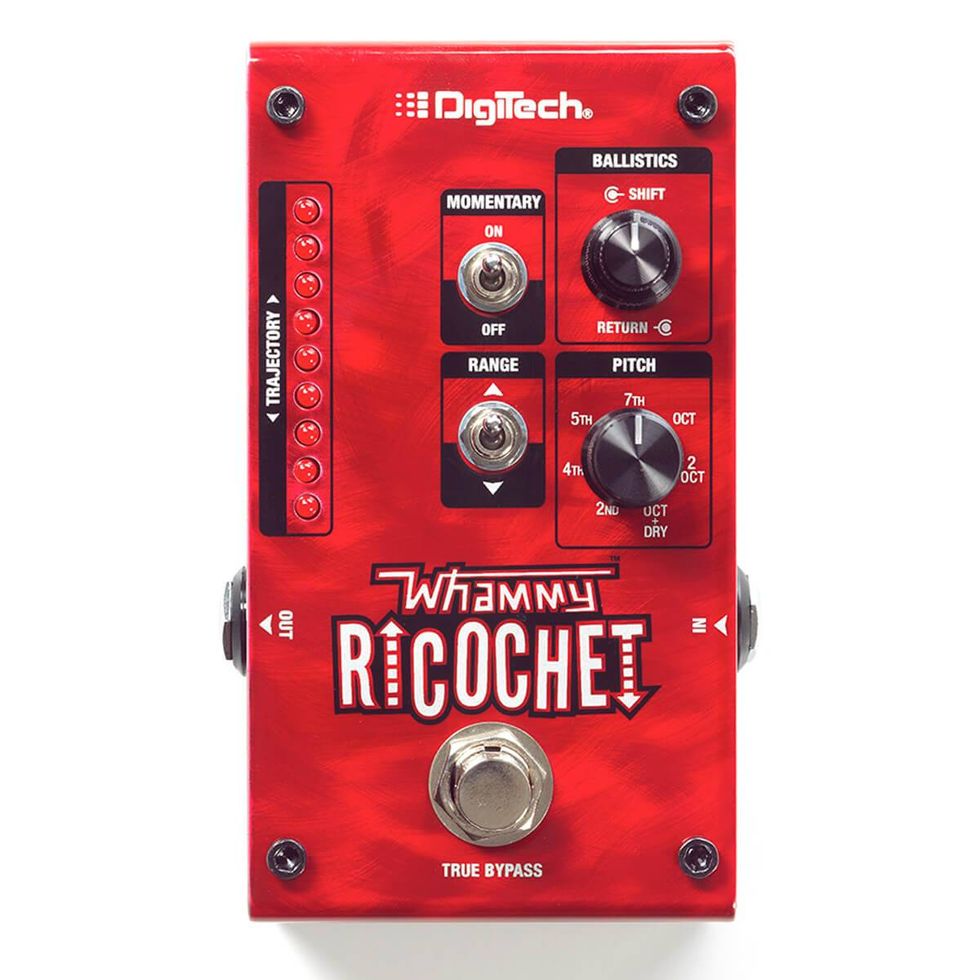

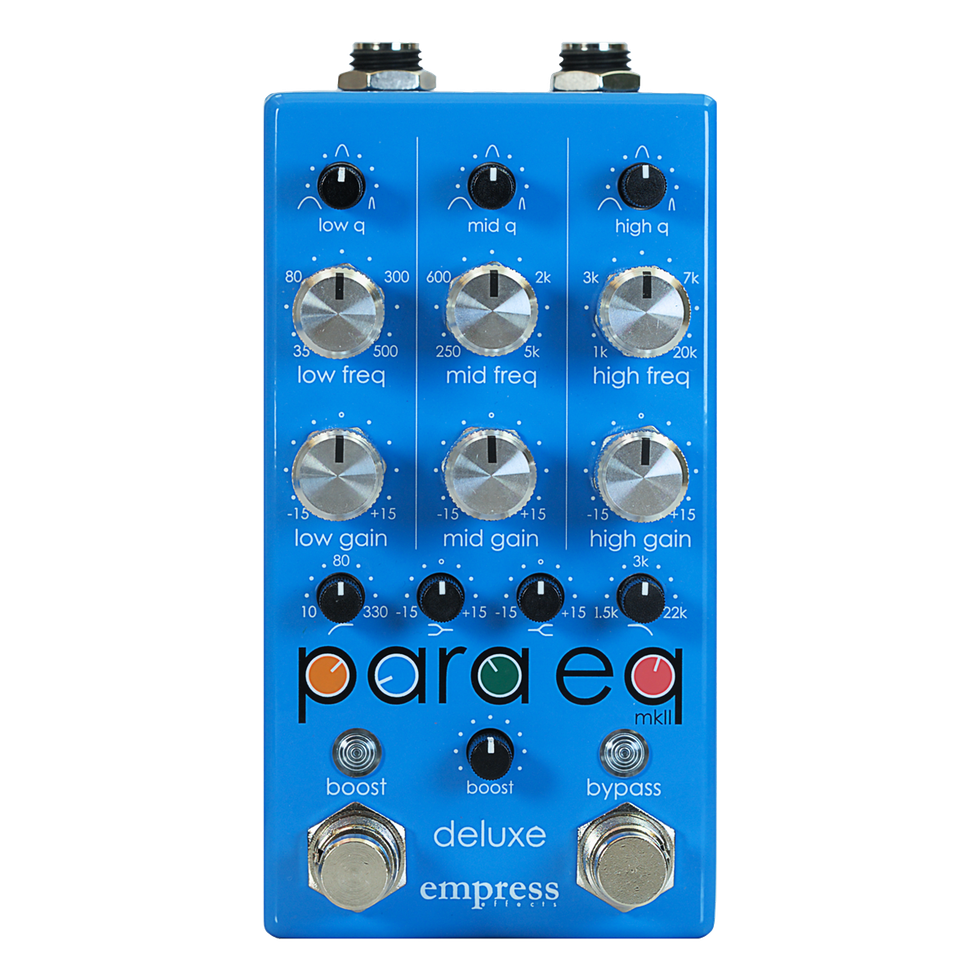
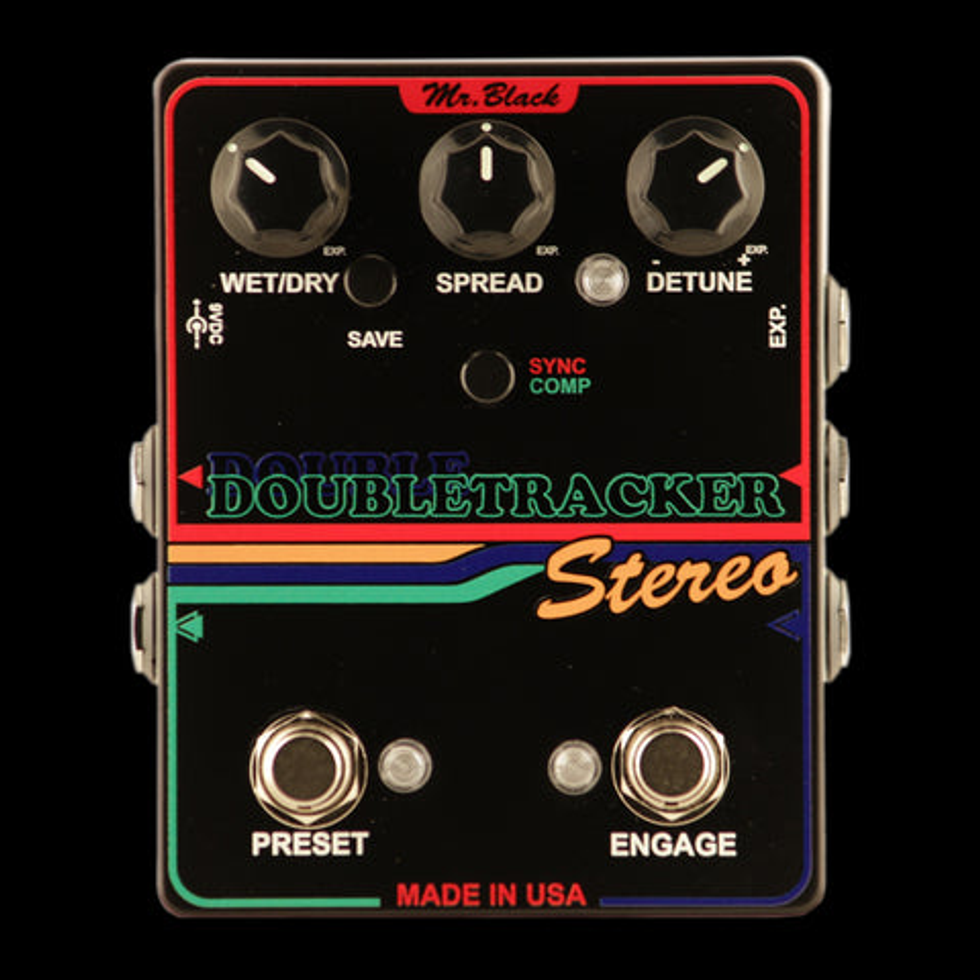
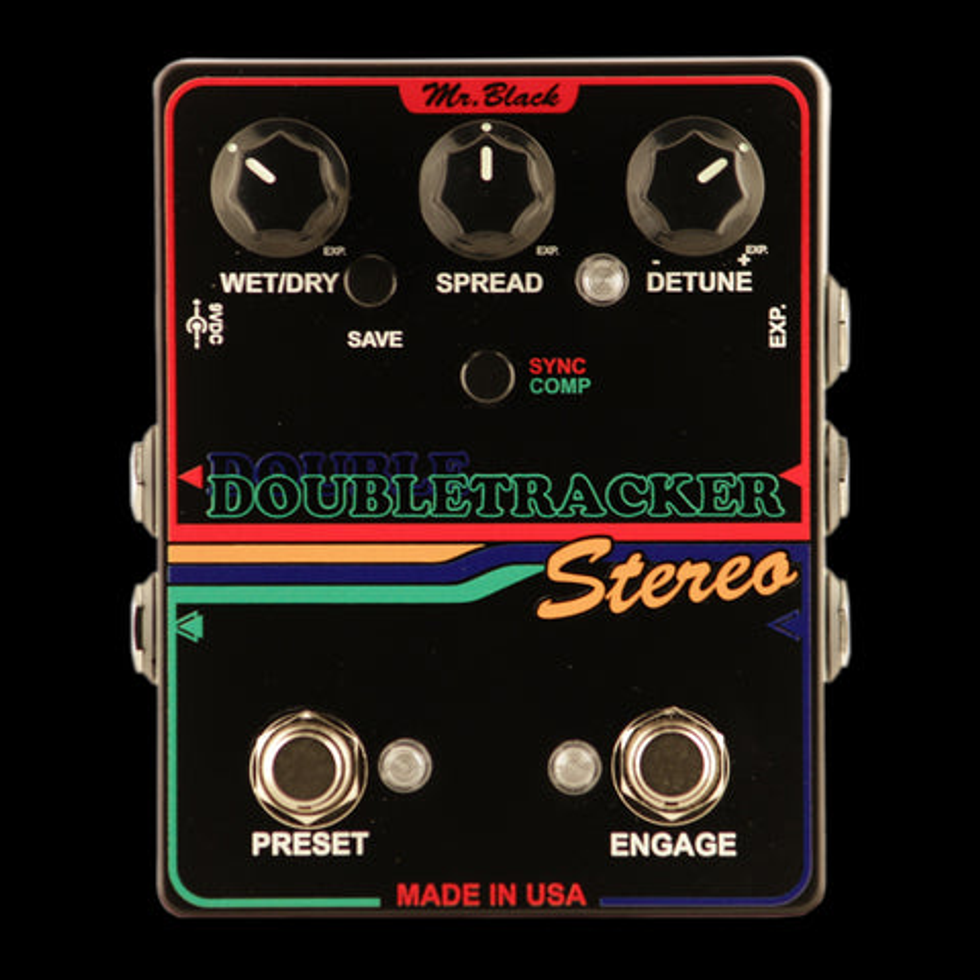
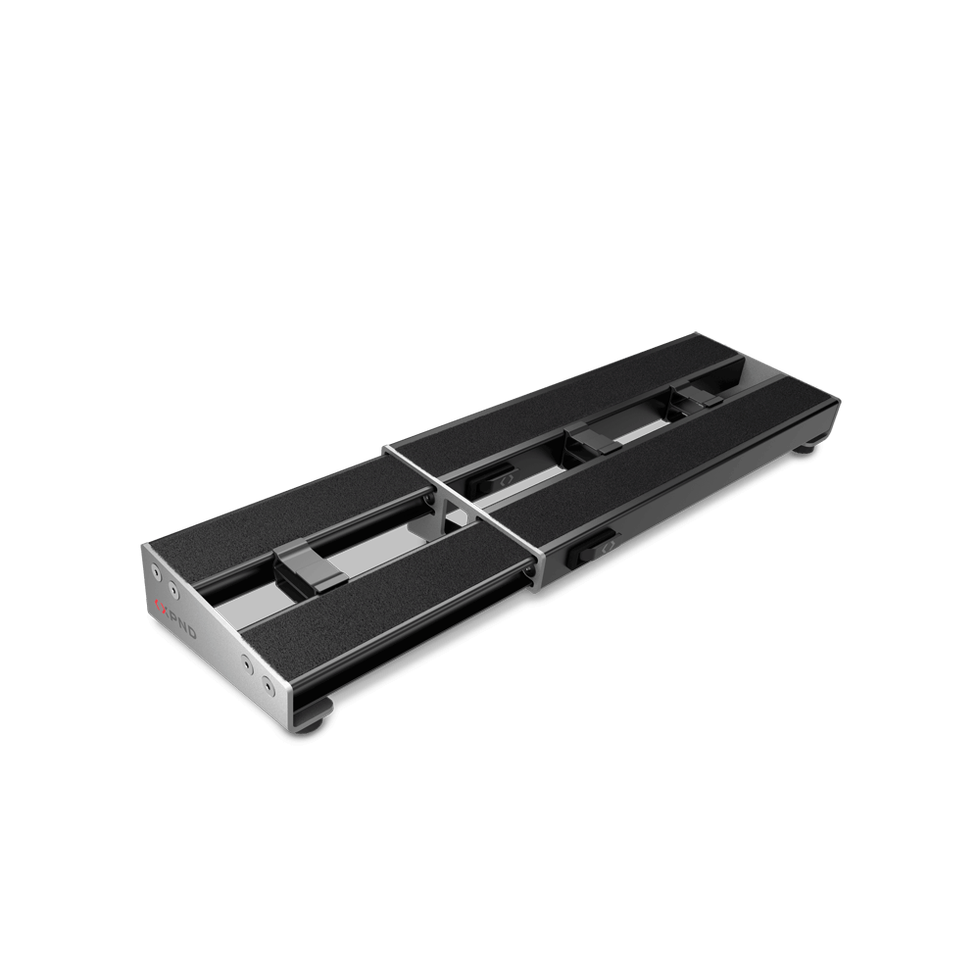

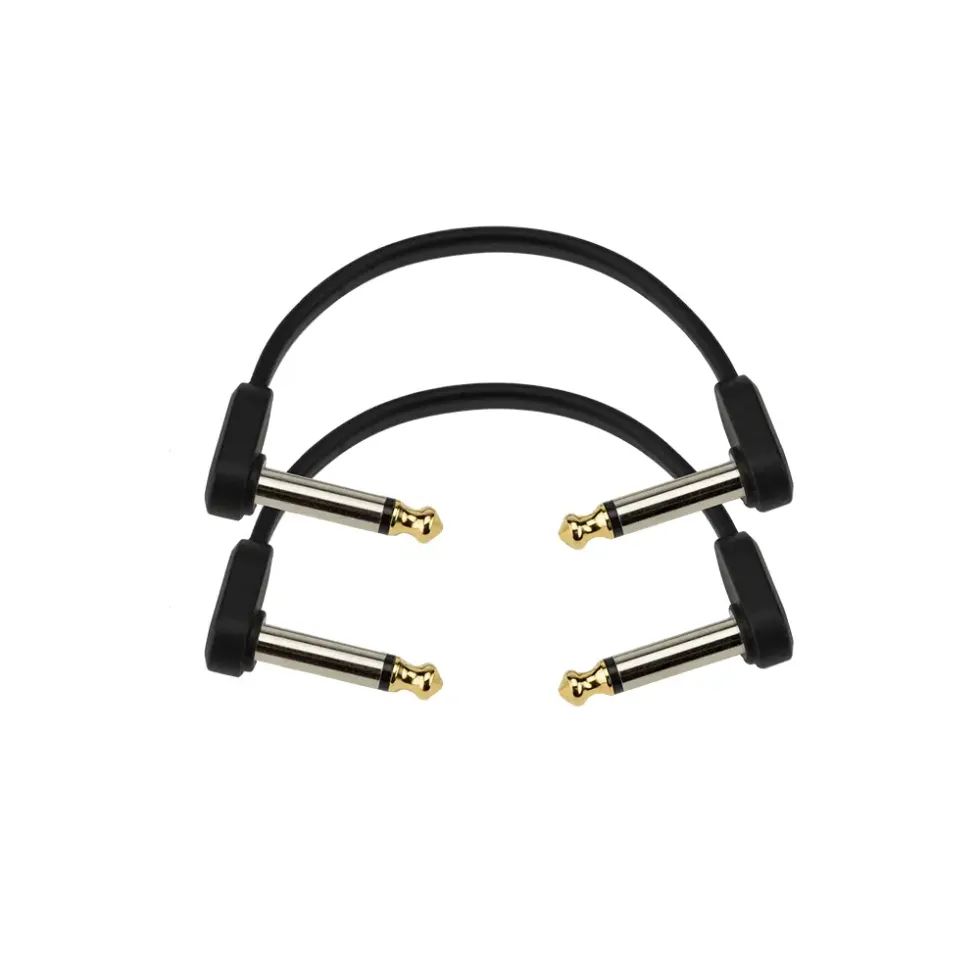
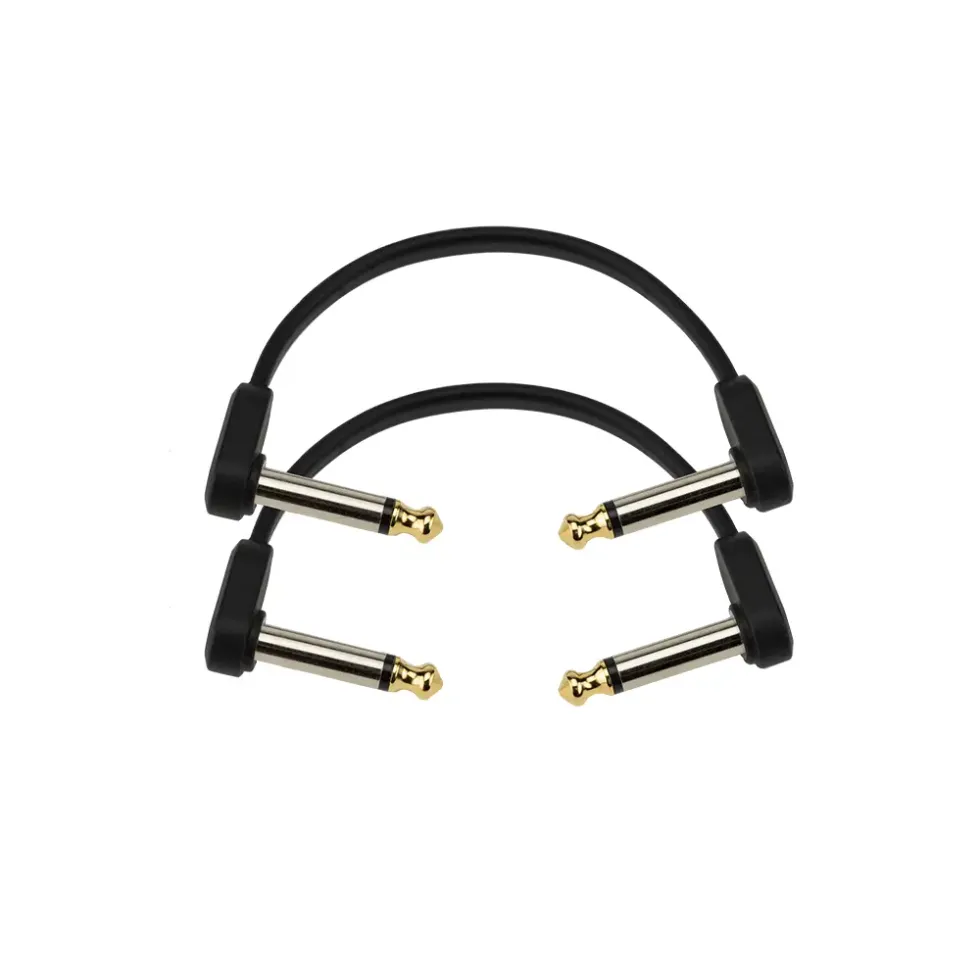


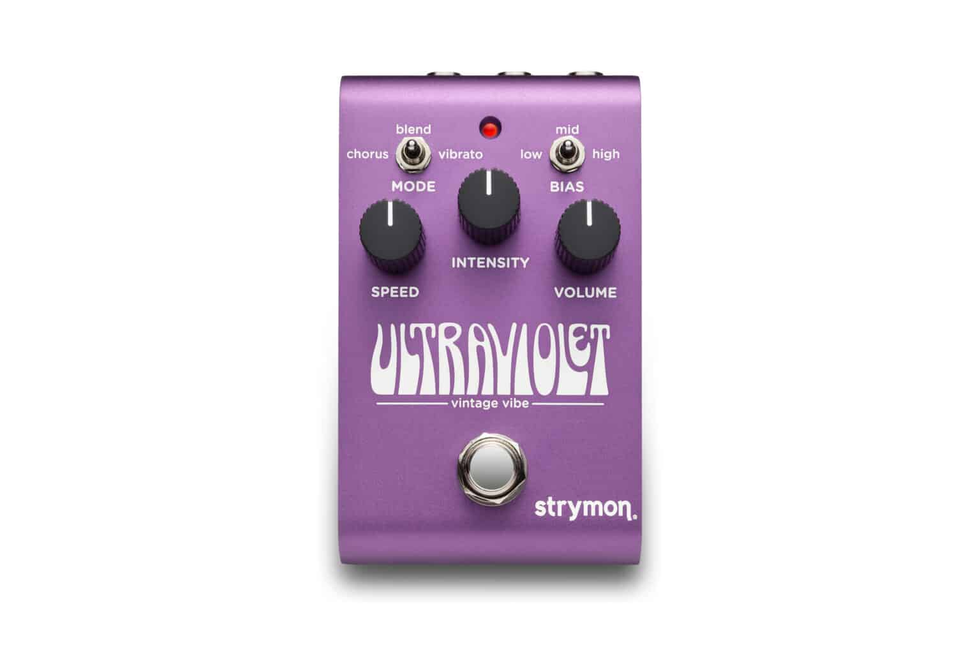
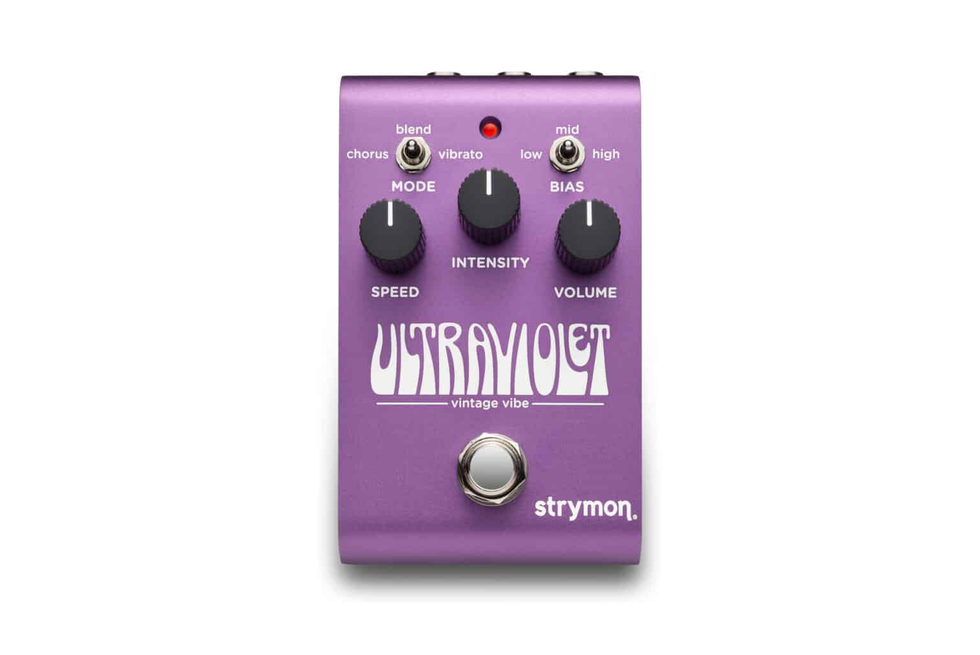
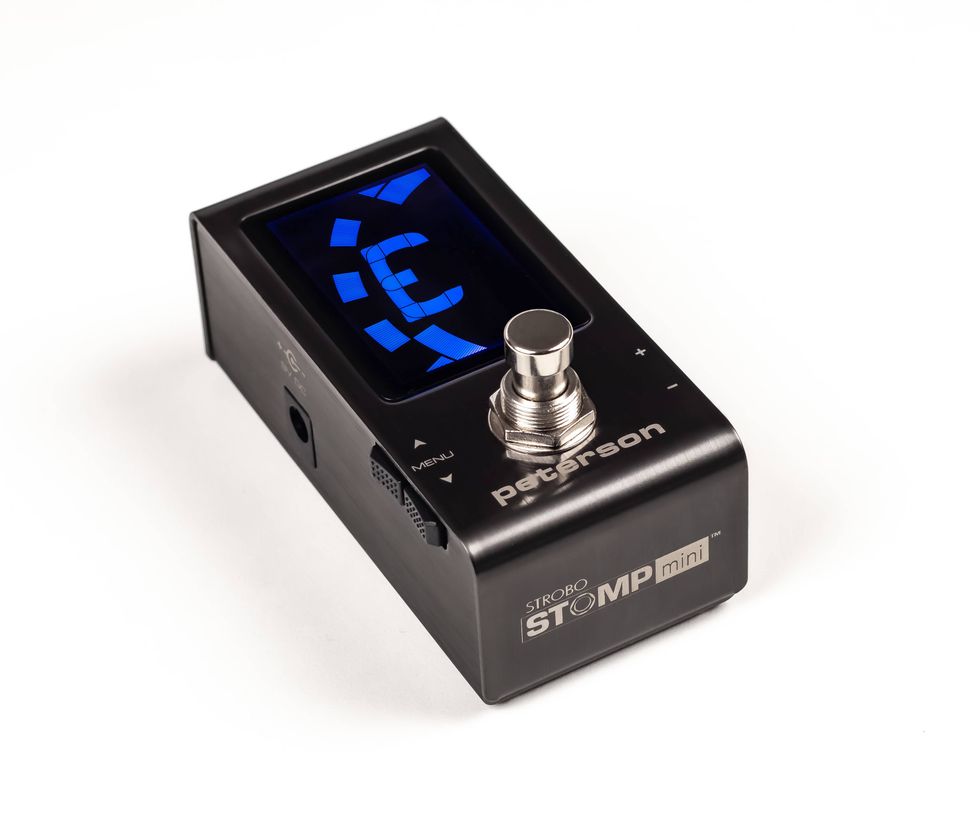
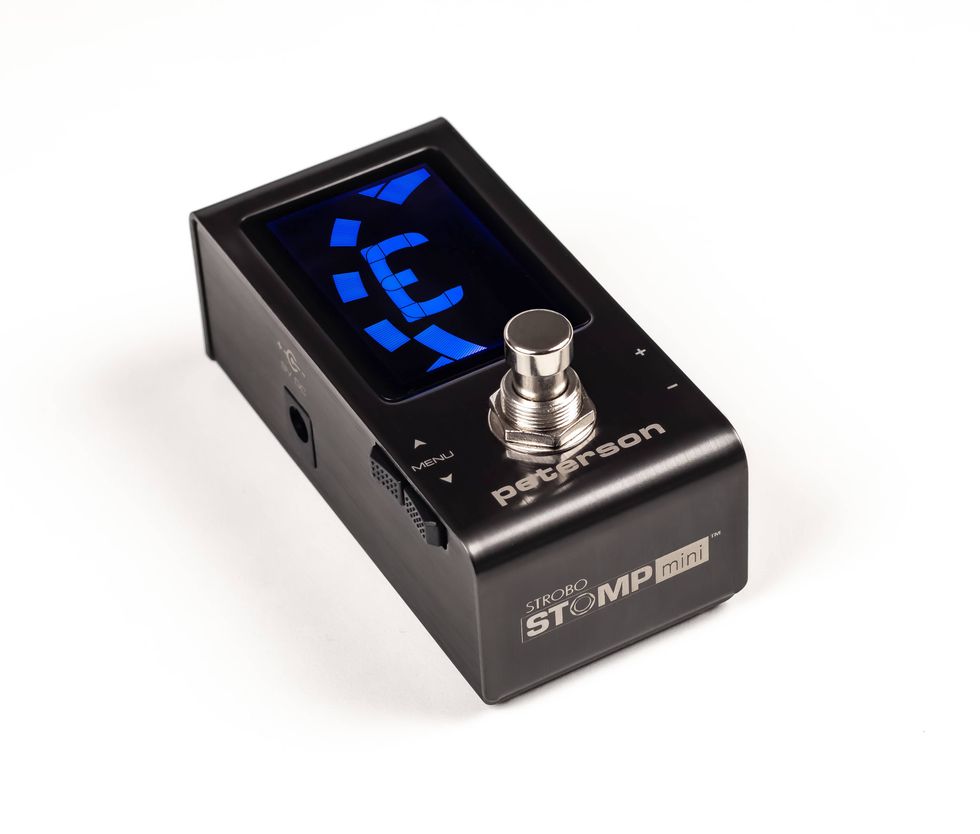

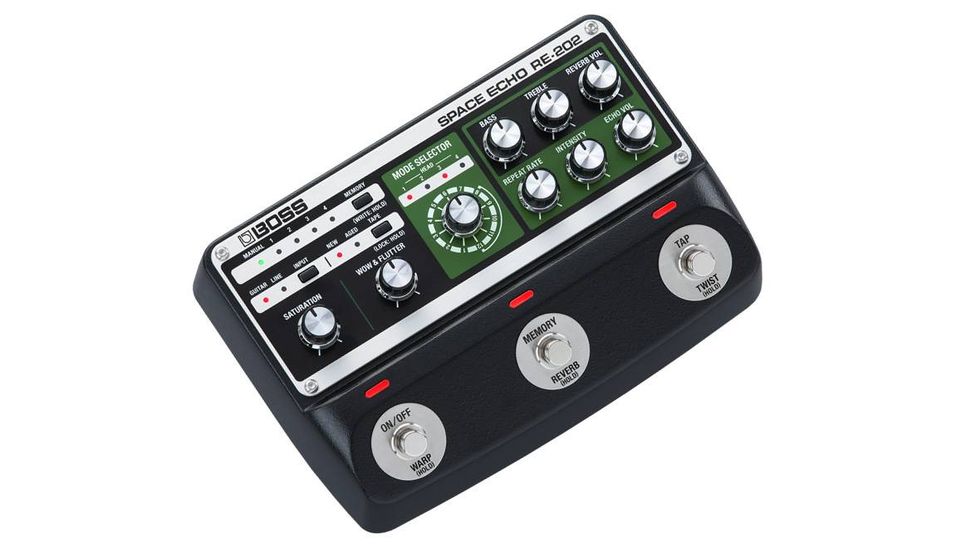
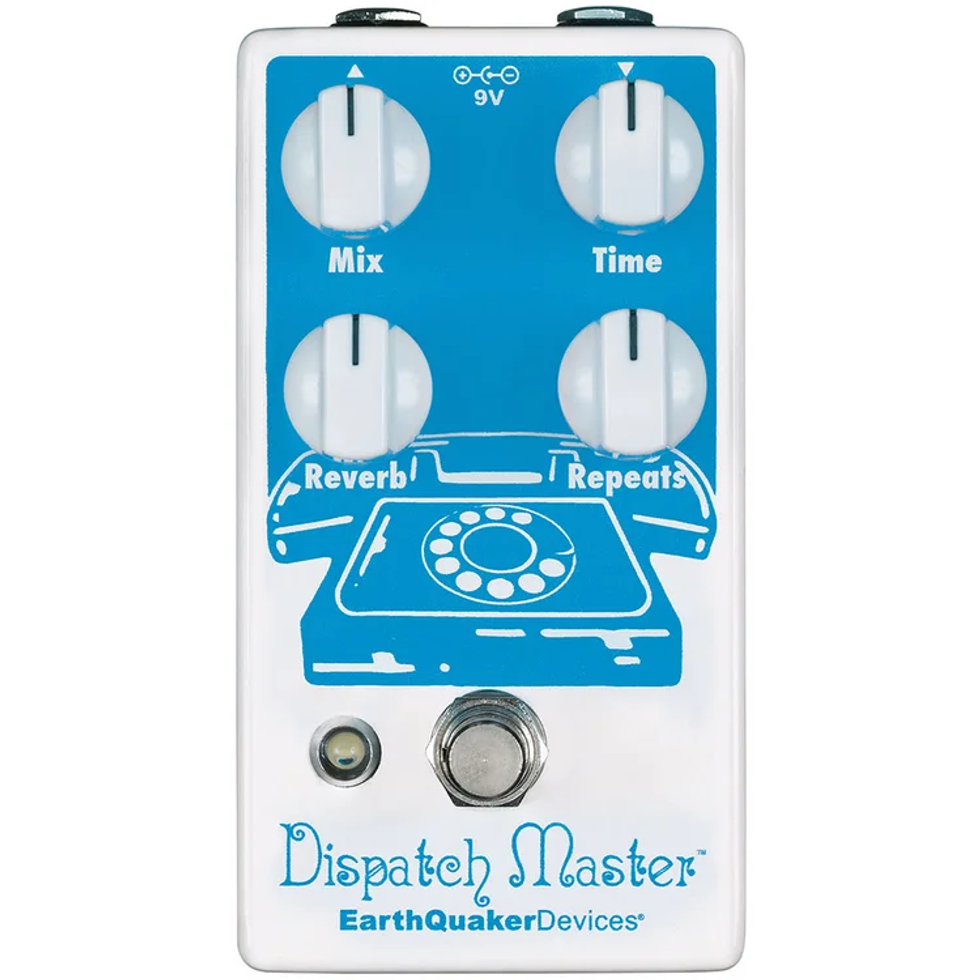
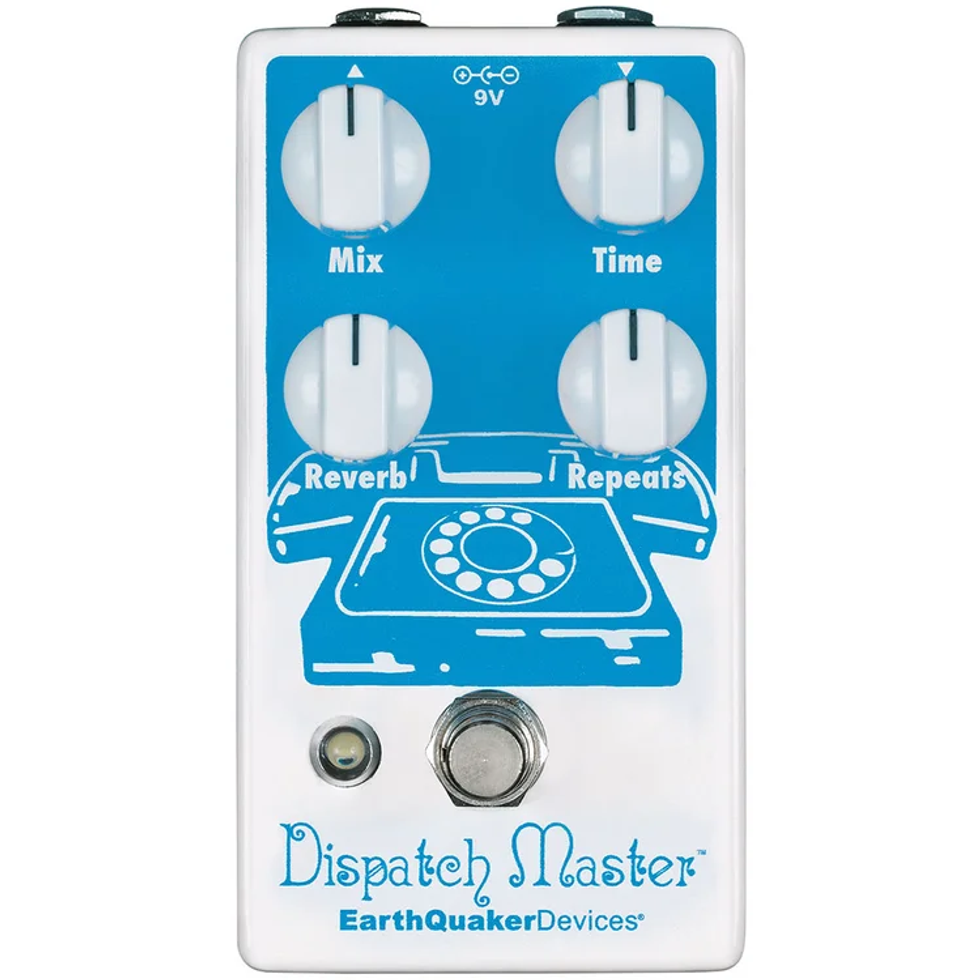
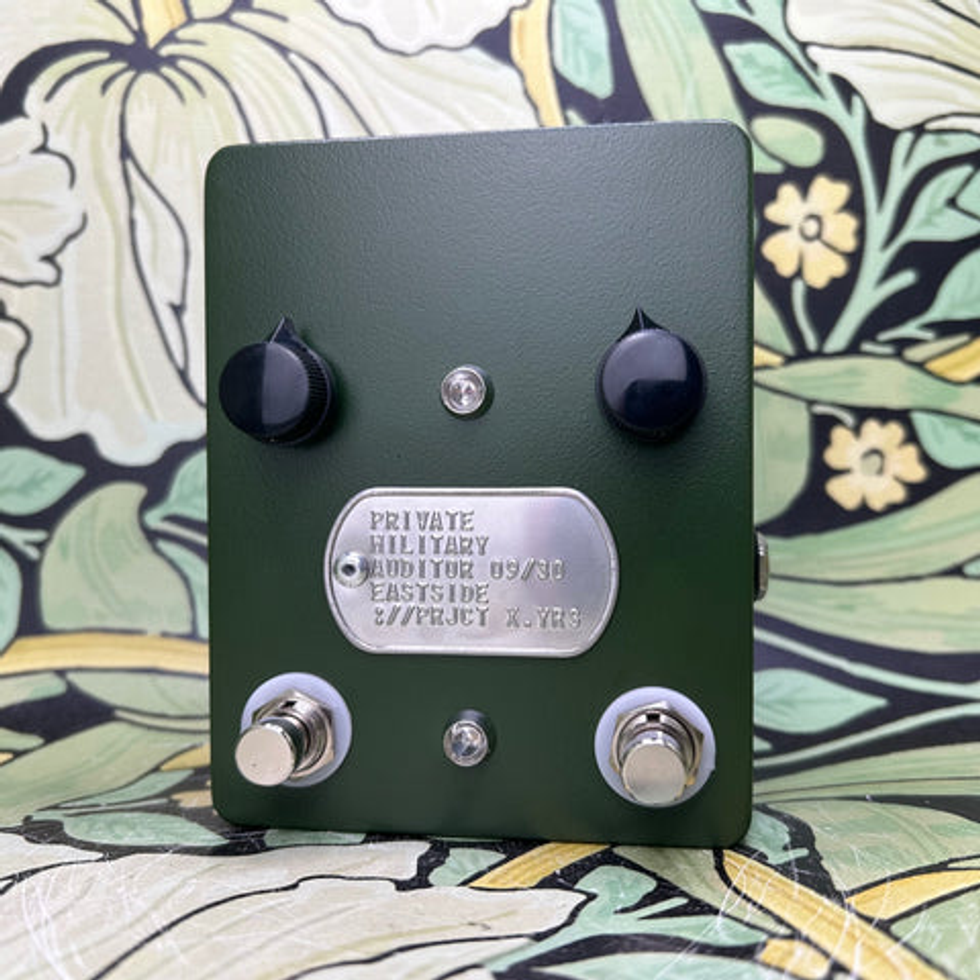
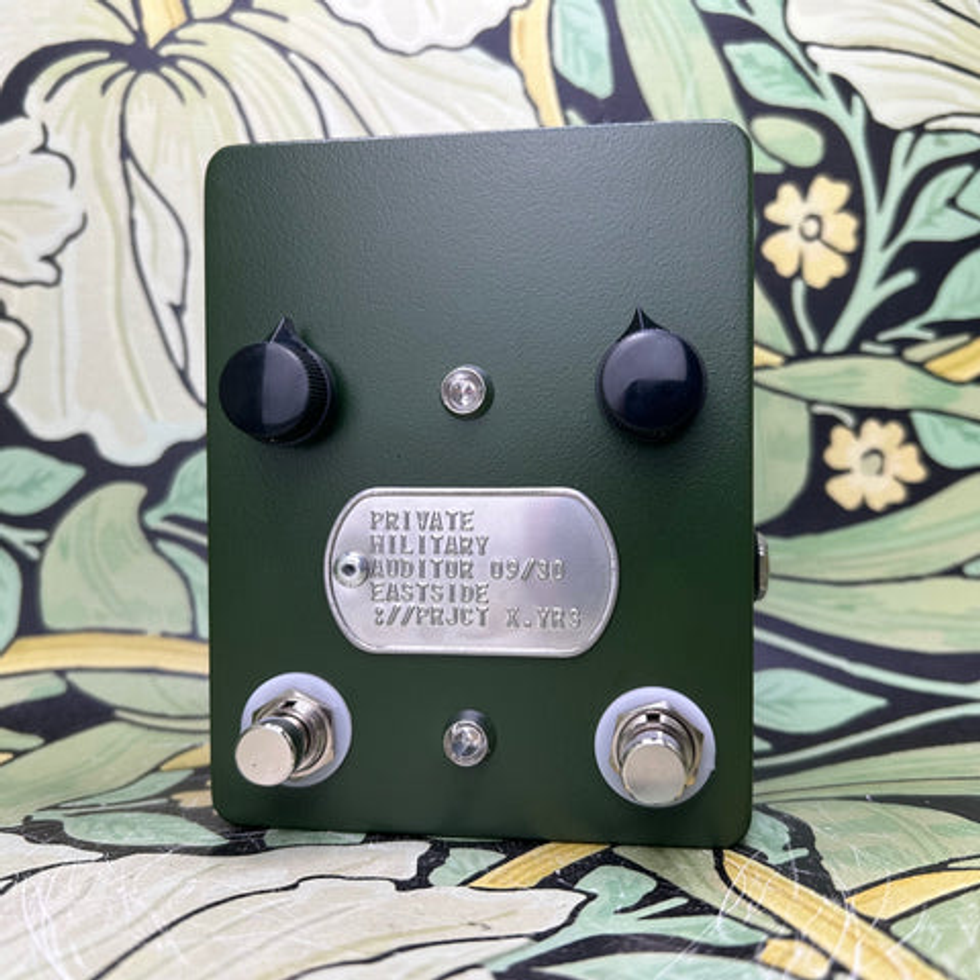
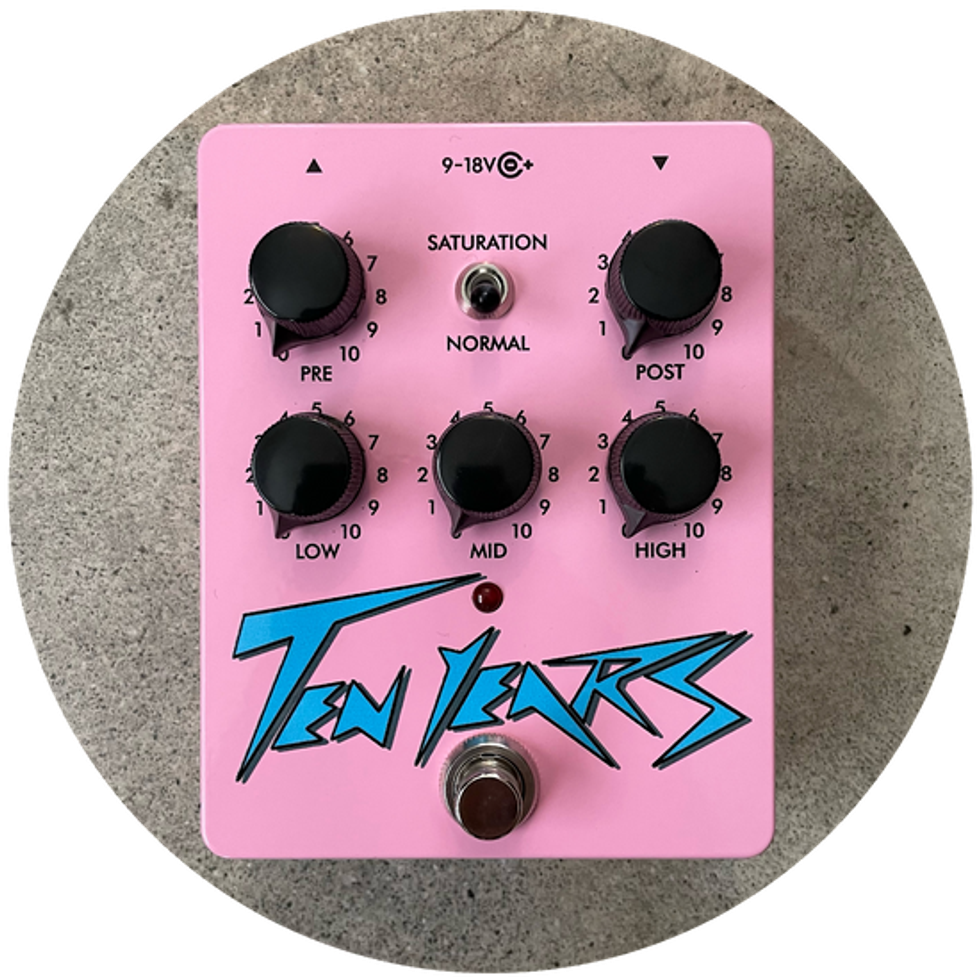
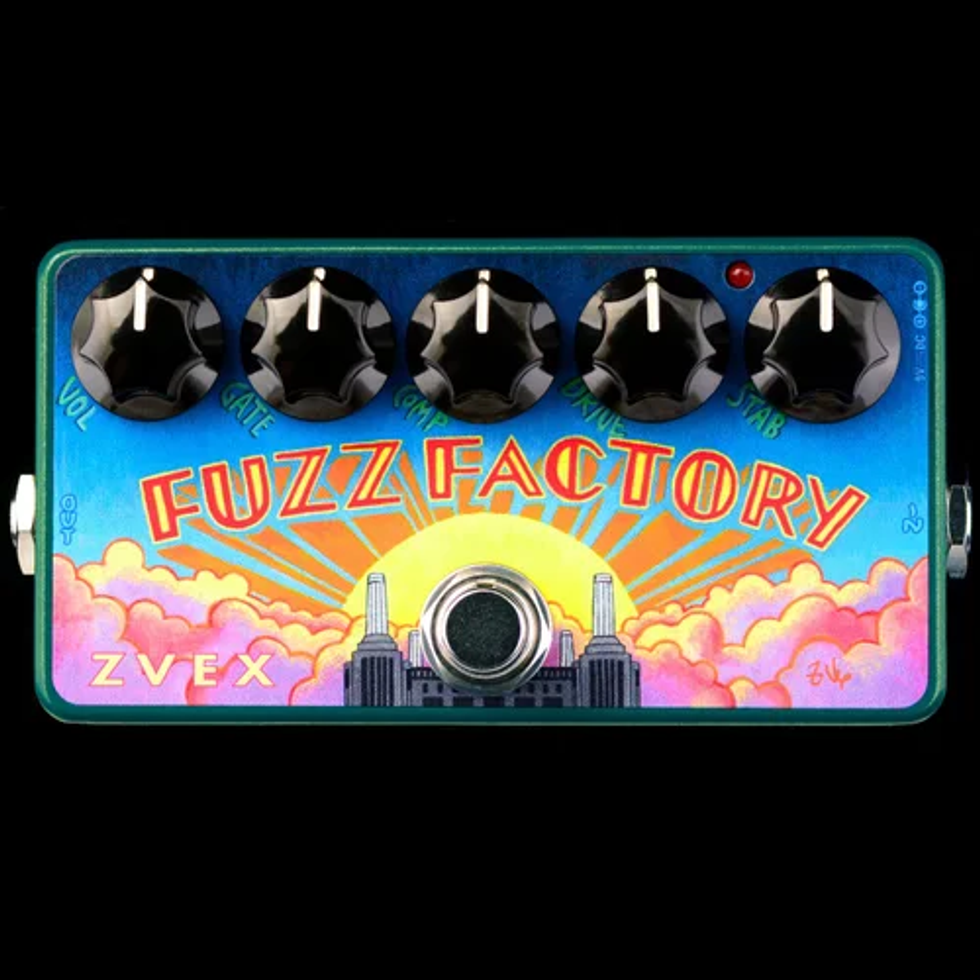
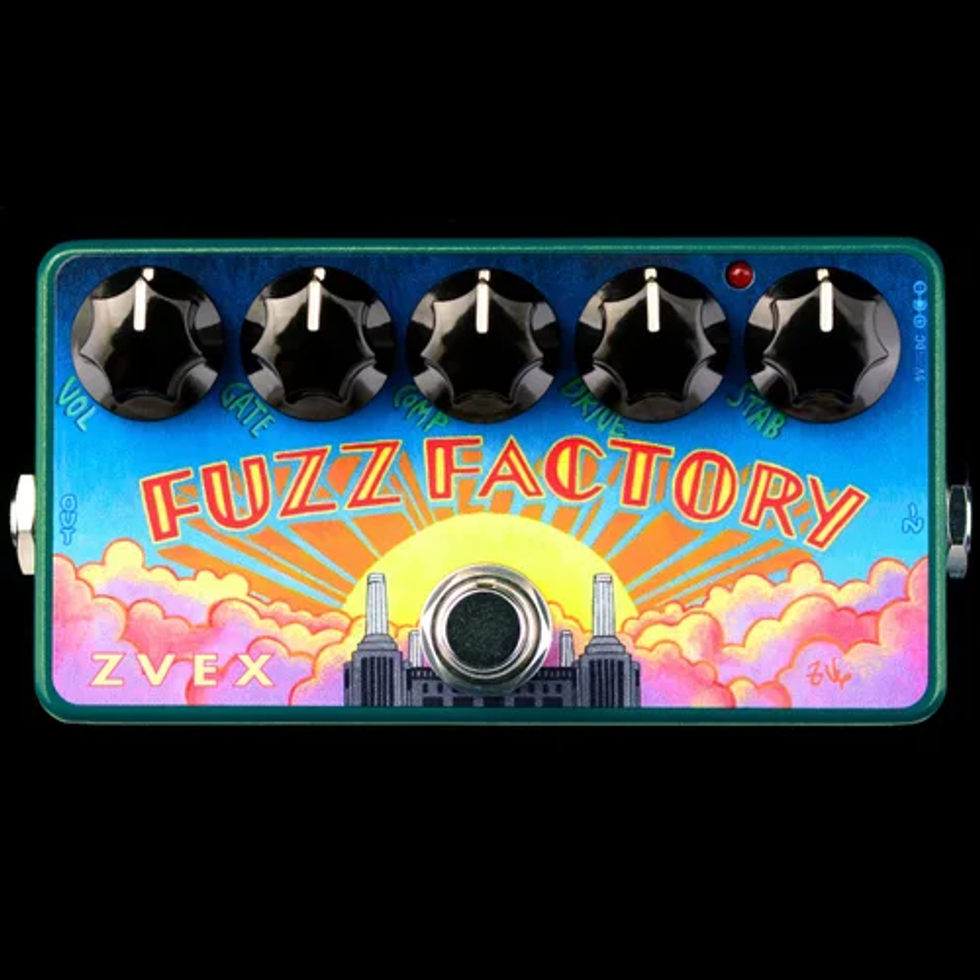
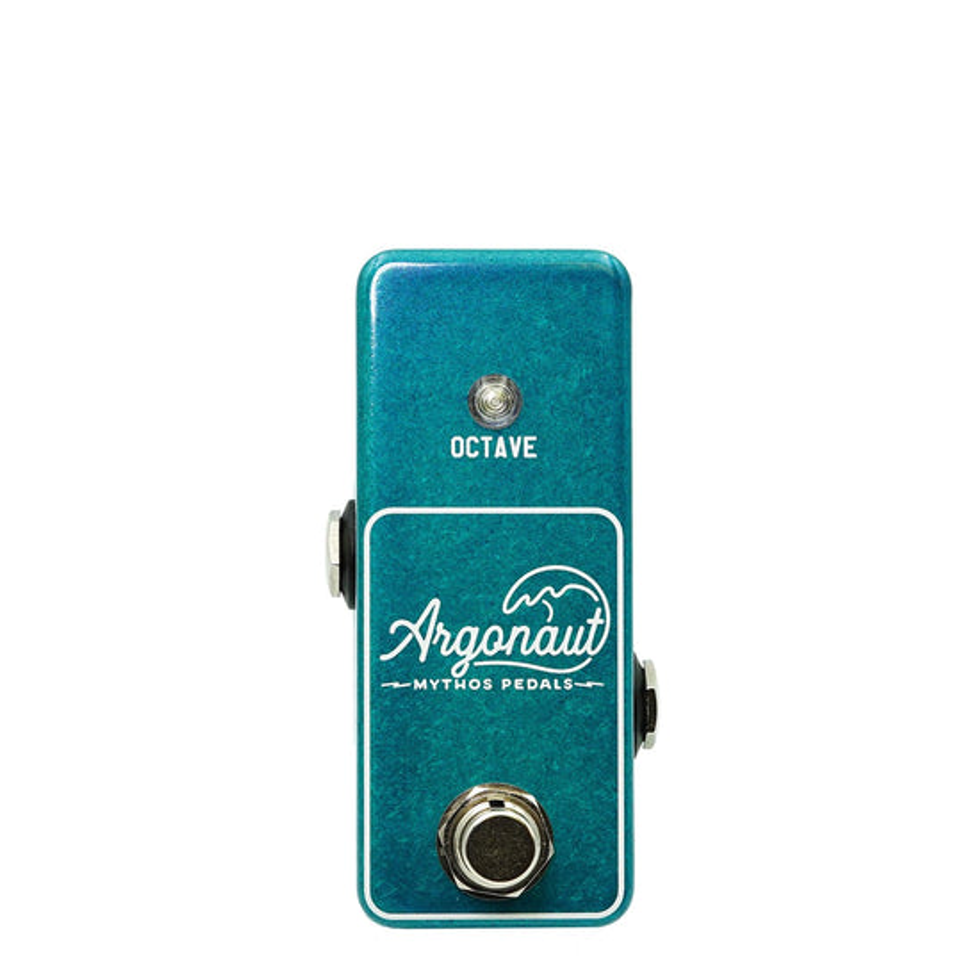
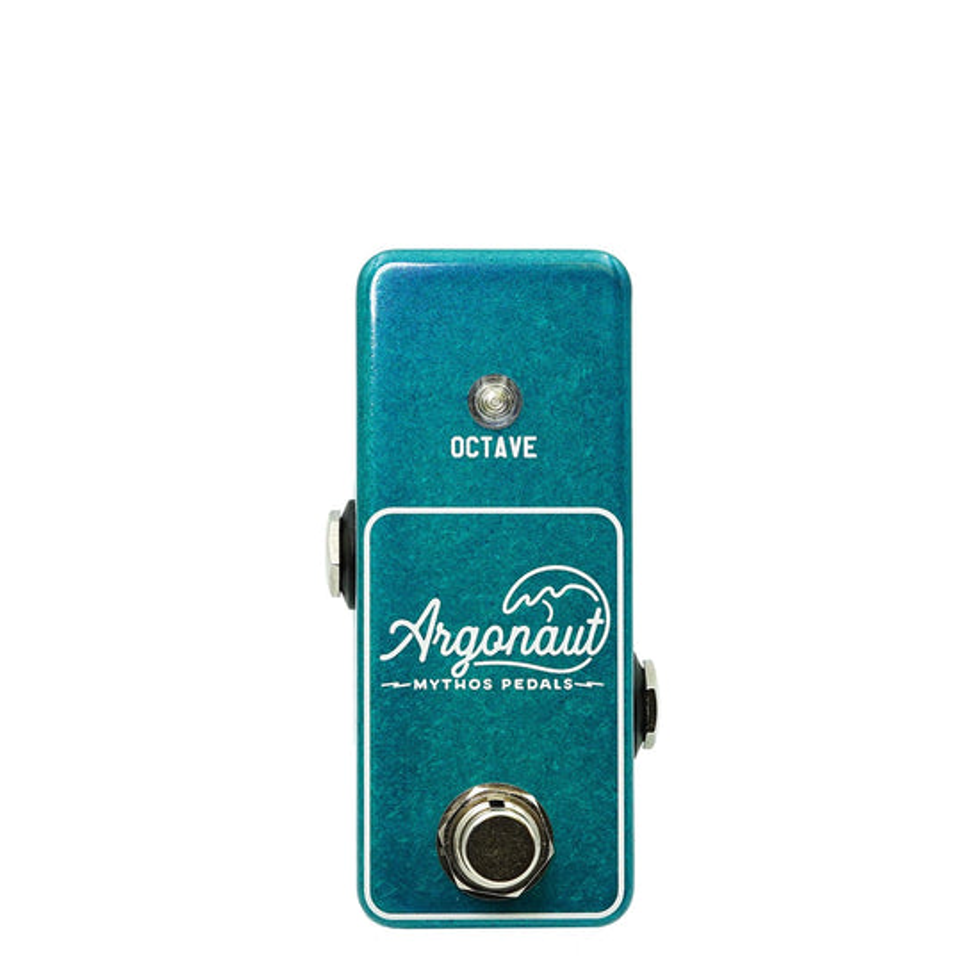
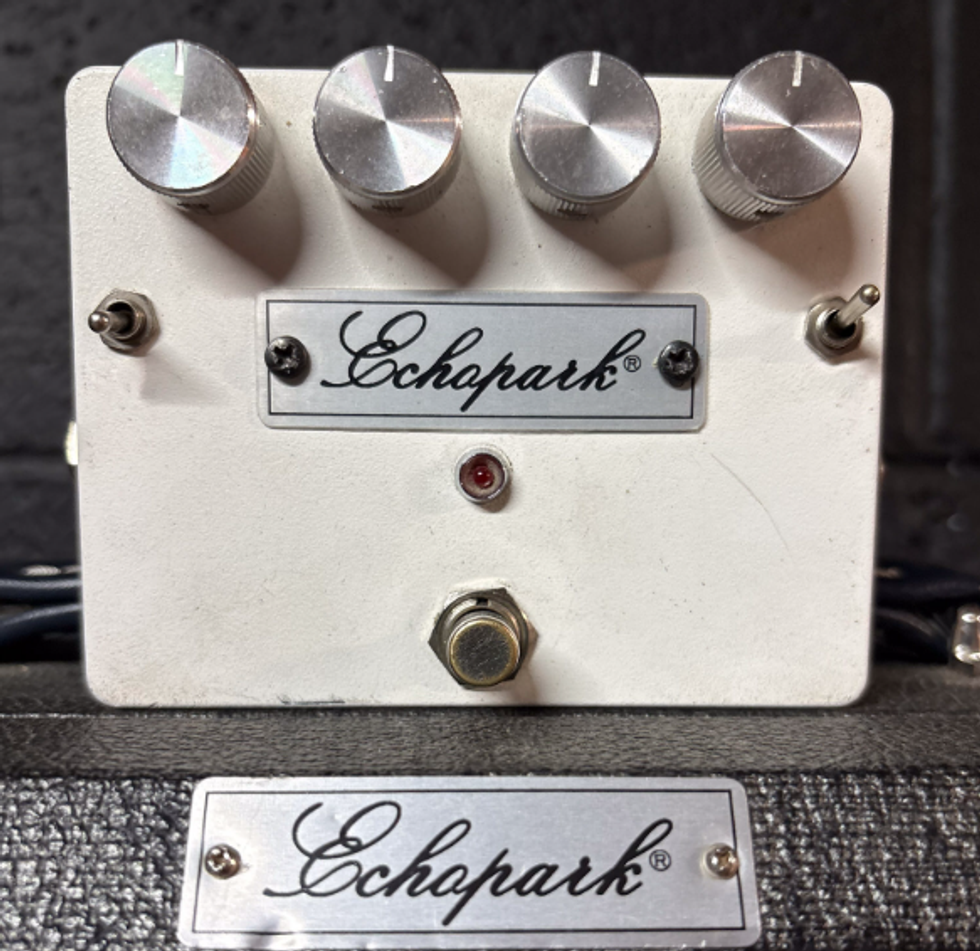
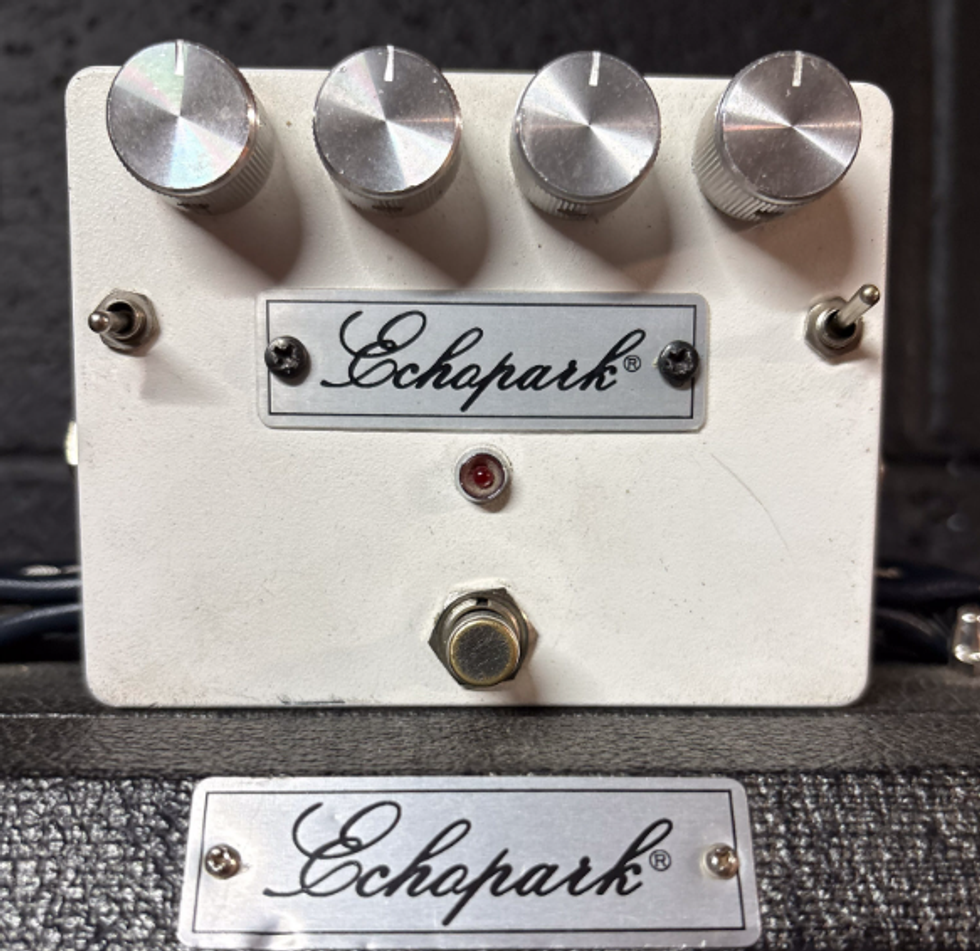
![Devon Eisenbarger [Katy Perry] Rig Rundown](https://www.premierguitar.com/media-library/youtube.jpg?id=61774583&width=1245&height=700&quality=70&coordinates=0%2C0%2C0%2C0)













 Zach loves his Sovtek Mig 60 head, which he plays through a cab he built himself at a pipe-organ shop in Denver. Every glue joint is lined with thin leather for maximum air tightness, and it’s stocked with Celestion G12M Greenback speakers.
Zach loves his Sovtek Mig 60 head, which he plays through a cab he built himself at a pipe-organ shop in Denver. Every glue joint is lined with thin leather for maximum air tightness, and it’s stocked with Celestion G12M Greenback speakers.


































